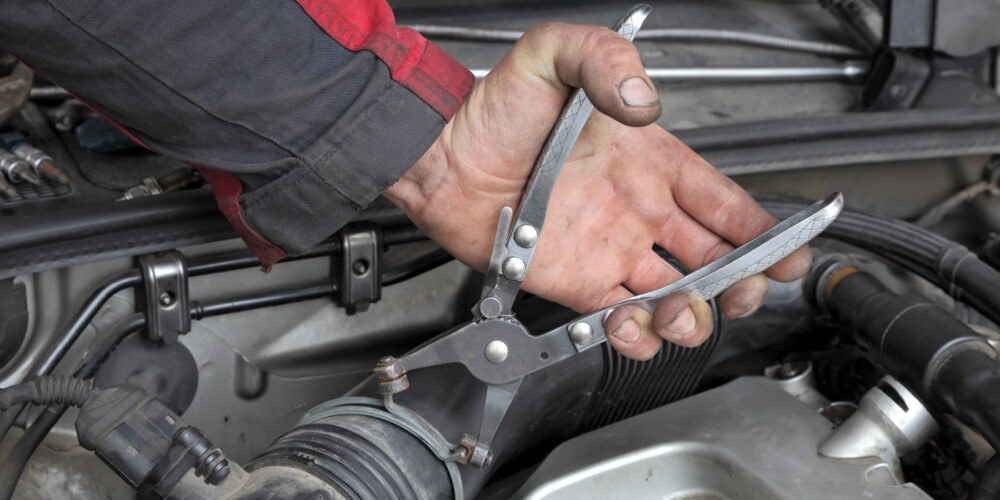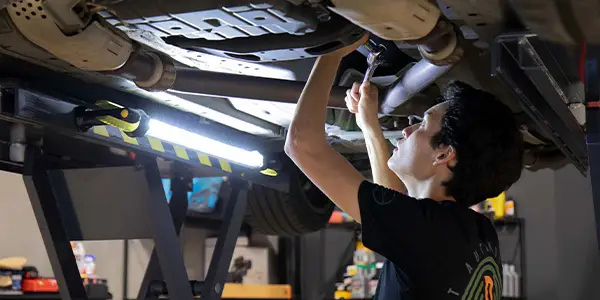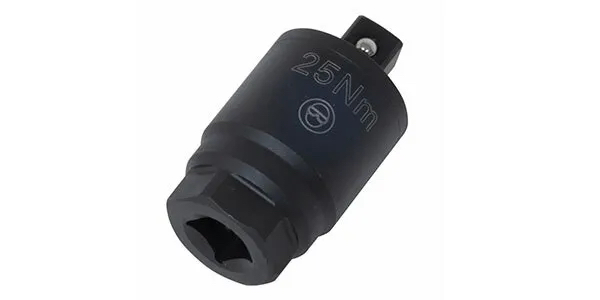Being a somewhat evolved primate, I appreciate tools. I have a LOT of tools – maybe more than strictly necessary for a guy who spends most of the day behind a parts counter rather than in a shop bay. To be completely honest, I even own a few tools that I’ve never actually used, simply because at the time of purchase, I thought they were pretty darn cool, and I might need them some day. Better to have it and not need it, than to need it and not have it, right?
Historically, tool selections were pretty basic: an open stock display of wrenches, sockets and drive tools, and a small display of specific-use tools from one of the major jobber distributor brands. These days, in-store tool selection reflects the diversity of manufacturers in today’s aftermarket and the vehicle-specific engineering that goes into servicing a wide range of global nameplates. Given the tight confines of the modern engine bay and the variety of service opportunities, the “underhood” tool category is spread across several vehicle systems, and includes a number of specialty tools.
Underhood services can include belt-drive and cooling-system service; electrical diagnosis and repair; fuel and emissions; LOF (lube, oil, filter) and other fluid-exchange services; and internal engine repairs. Considering that performing one repair often requires disassembly or removal of multiple components just to access the affected part, underhood repairs often will require multiple specialty tools as you dig deeper into the engine bay. While a complete review of each and every specialty underhood tool is nearly impossible, there are a few types that are universally required for servicing many different vehicles.
Quick-disconnect (QD) tools are one of the most universally requested tools in this category, and also the most diverse. Fuel and emissions lines, transmission and coolant connections and A/C lines all routinely feature a QD fitting of some variety. From scissor-type tools to pliers and spring-lock tools, each is designed for a particular type of fitting. Master-disconnect kits cover the majority of styles in one convenient case, and many QD tools can be purchased individually.
For OEM clamped-hose connections, flat-band clamps have mostly replaced worm-drive clamps, and the “go-to” tool for this type of clamp is the cable-operated plier, which can reach remotely into the engine bay where your hands won’t fit. Another popular OEM clamping method is the “Clic” and “Clic-R” clamp, a reusable clamp similar to the Oetiker ear-type clamps found on CV boots.
Clic-R-style pliers make removal and re-use of these clamps possible without damage. Blunt flat-bladed hose-removal tools then can be used to separate stubborn hoses without puncturing or gouging the rubber – a common problem when improvising with a screwdriver or pick tool. Screwdrivers also can damage stretch-to-fit serpentine belts, so using the proper removal and installation tool increases the chances of reusing a good belt! Belt-tension release tools make accessing buried tensioner assemblies much easier, especially when clearance issues prevent the use of a breaker bar or ratchet.
LOF service – once the most basic of maintenance tasks – has become increasingly complex in recent years. The resurgence of cartridge-type filters has resulted in a variety of specialty sockets for opening engine-oil and diesel-fuel filter housings. GM, Ford and some European OEMs now feature uniquely shaped plastic oil-drain plugs that require specialty sockets to remove and replace without damaging the plug.
Some tools (for example, a particular-size specialty socket or bit) are “required” in the sense that you cannot use any other tool to perform a specific task, while others have been developed to make a job easier or beat the published flat-rate schedule. For professional technicians, time is money, and specialty tools are an investment that help them save time and earn more money. For DIYers, specialty tools reduce the frustration of fighting with an unfamiliar component, and reduce the potential for damaging new or existing parts when using improvised tools
and methods.
Tool rentals allow the DIYer (and even some professionals) access to more expensive tools that they otherwise wouldn’t purchase. As add-on sales, specialty tools can earn the parts store additional income, encourage sales of parts that may be more difficult to install without the proper tools and reduce “defective” returns resulting from installation errors. Having a diverse selection of relevant specialty tools in stock is easier than ever before, and is another way to differentiate yourself in an increasingly competitive market.













